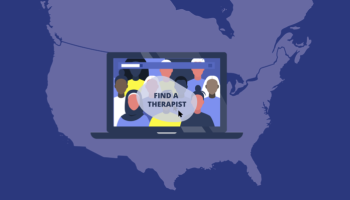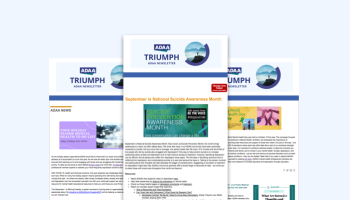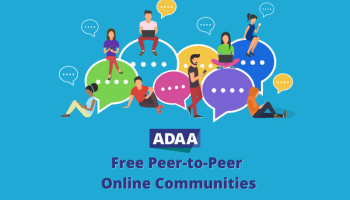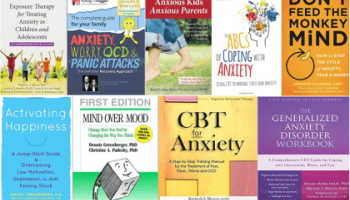Autism Spectrum Disorder (ASD) is a developmental condition that affects how a person communicates, interacts with others, and experiences the world.
While autism can be diagnosed at any age, the signs usually appear in early childhood and continue throughout a person’s life. According to the Centers for Disease Control and Prevention (CDC), about 1 in 68 children is diagnosed with autism.
In 2013, doctors began using the single term Autism Spectrum Disorder to include what used to be separate diagnoses, such as Asperger syndrome and PDD-NOS. This reflects that autism is a spectrum; people can have very different symptoms and needs.
Common Signs of an Autism Spectrum Disorder
Autism is called a “spectrum” because it affects everyone differently.
Here are some common signs, but only a healthcare provider can make a diagnosis:
- Limited or inconsistent eye contact
- Avoiding looking at or listening to others
- Rarely pointing at objects to share interest
- Difficulty relating to other people
- Repeating behaviors, words, or phrases
- Having strong, focused interests but struggling with social interaction
- Resistance to changes in routine
- Sensitivity to lights, sounds, textures, smells, or tastes
Note: Many people with autism also have unique strengths, such as creativity, kindness, problem-solving skills, and a deep love of learning.
If you suspect that you, your child, or someone you love may have autism, talk to a primary care provider. They can help with evaluations and referrals to specialists.
The Link Between Autism, Anxiety, and Depression
Research shows that people with autism are more likely to experience anxiety and depression than those without autism.
- About 40% of individuals with autism have high levels of anxiety or an anxiety disorder.
- 30% have a specific phobia (intense fear of a particular thing or situation)
- 17% are diagnosed with Obsessive-Compulsive Disorder (OCD).
Why Anxiety Can Be Hard to Diagnose
Anxiety in someone with autism can look very similar to typical autism behaviors, which makes diagnosis challenging. Some signs of anxiety include:
- Tantrums or meltdowns
- Running away or trying to escape situations
- Avoiding new tasks or environments
- Aggressive behaviors, like hitting or kicking
Some people with autism also experience alexithymia, which makes it hard to describe their feelings. This can create barriers to getting the right diagnosis and treatment.
Good news: Researchers are developing better tools to help identify and treat anxiety in children and teens with autism.
Autism and Depression
Depression can also occur alongside autism, especially during the teen years and adulthood. Challenges such as:
- Bullying
- Social isolation
- Difficulty expressing feelings
...can increase the risk of depression.
If you notice signs of anxiety or depression in someone with autism, reach out to a healthcare provider.
Key Takeaway
Autism is a lifelong condition that comes with both challenges and strengths. Understanding the link between autism, anxiety, and depression helps families, caregivers, and individuals get the right support and care to lead happy, fulfilling lives.
ADAA Resources:
- ADAA Find Your Therapist
- Join an ADAA Online Peer to Peer Support Community
- My Story of Triumph - Living with Autism, personal story
- Living with OCD, Autism and Depression, personal story
- When Autism and Depression Come Together: What We Know, How to Manage, and Key Resources - Webinar Presented in Partnership SPARK
- Diagnosing Depression in People with Autism: A Guest Blog Post from SPARK - Part 1 - Blog
- The Art and Science of Treating Depression in Autism: A Guest Blog Post from SPARK - Part 2 - Blog
- ASD and Anxiety - My Story - Story of Triumph
- Autism and Anxiety Disorders: Part 1 - Guest Blog Post from SPARK
- Autism and Anxiety Disorders: Part Two: Diagnosing and Treating Anxiety in People with Autism - Guest Blog Post from SPARK
Autism Organizations:
A variety of organizations offer support, resources, and research for individuals with autism spectrum disorder (ASD) and for those who care for them. While the list below highlights some key options, it is not exhaustive. We encourage families and caregivers to explore additional resources to find the guidance, tools, and support that best fit their unique needs:
- National Autism Association
- National Autism Center
- Autistic Self Advocacy Network (ASAN)
- Autism Speaks (Awareness and Resources)
References:
- Centers for Disease Control and Prevention. (2020, March 25). What is Autism Spectrum Disorder? CDC.
- The National Institute of Mental Health. (2018, March). Autism Spectrum Disorder. https://www.nimh.nih.gov/health/topics/autism-spectrum-disorders-asd/
- Sarris, M. (2020, July 8). Anxiety's Toll on Children and Adults with Autism. SPARK. https://sparkforautism.org/discover_article/anxiety-autism/
- Sarris, M. (2020, July 9). Diagnosing and Treating Anxiety in People with Autism. SPARK. https://sparkforautism.org/discover_article/diagnosing-treating-anxiety-autism/
The content of this page was updated in September, 2025.
















